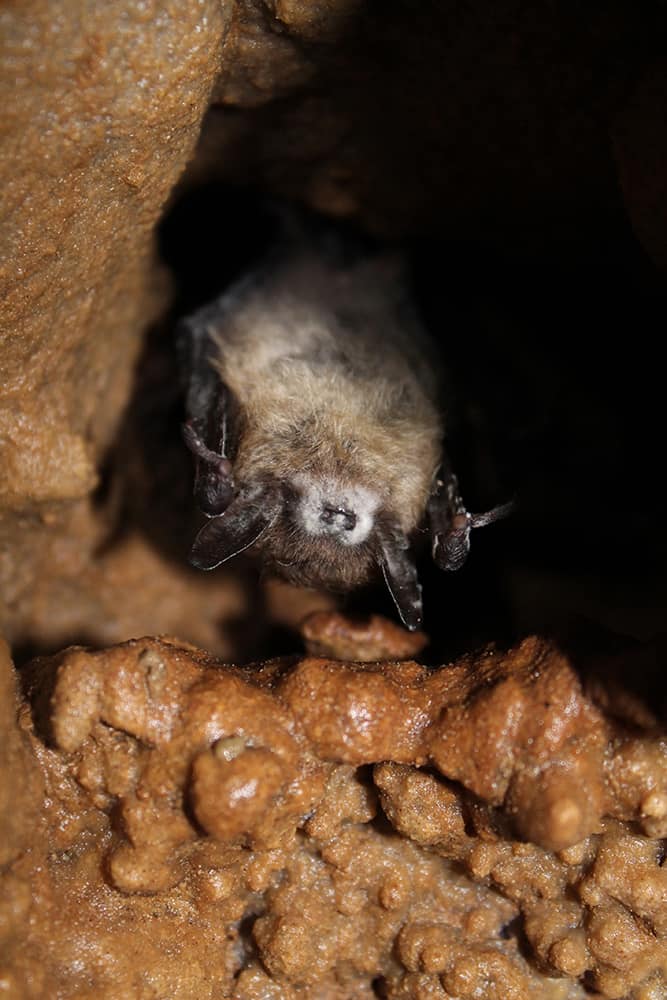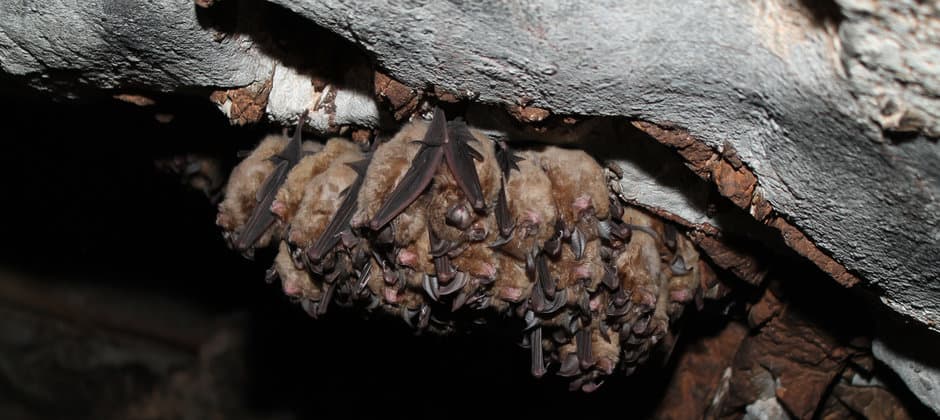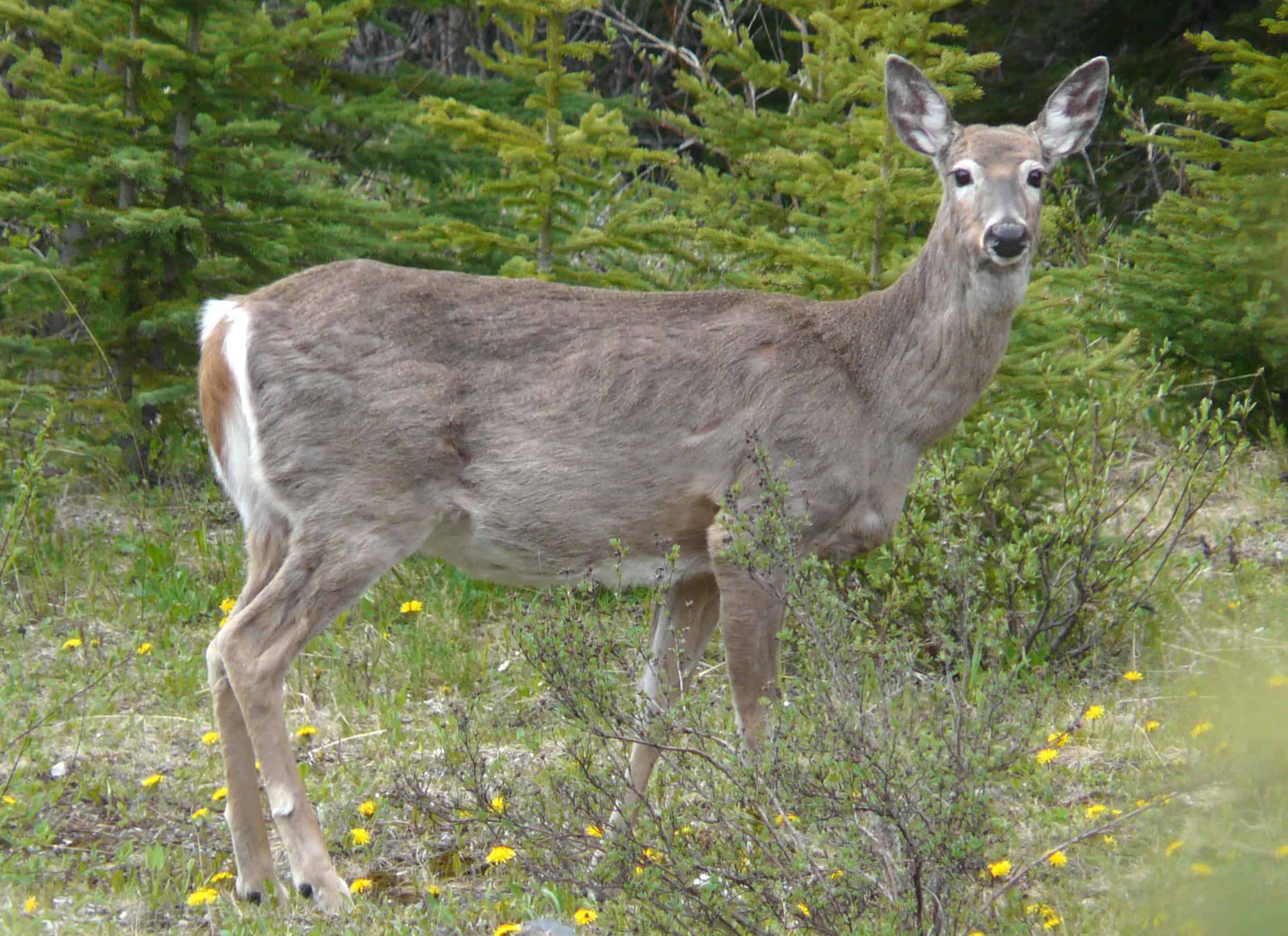Share this article
Surviving summer allows white-nose fungus to become deadlier
The fungus that causes white-nose syndrome doesn’t decay in North American caves during the summer the way it does in Europe and Asia, researchers found, allowing it to build up and pose a greater risk to bats when they hibernate in the fall.
In Europe and Asia, bats don’t experience mass mortality or even noticeable population declines to the same extent as bats in North America, even though the fungus is there, too. Joseph Hoyt, an assistant professor in Biological Sciences at Virginia Tech and lead author of the study published in Proceedings of the National Academy of Sciences, wanted to see if the fungus’s ability to persist in the environment played a role.
“We went into the study knowing that survival of pathogens in the environment is important,” Hoyt said.
Because the fungus can only grow at cooler temperatures, bats can clear the infections during the summer when they’re active and out of the caves where they hibernate. But while they’re gone, researchers, found, the pathogen remains in North American caves at levels not seen in Europe and Asia, putting North American bats at greater risk when they return in the fall.

A little brown bat (Myotis lucifugus) is infected with the fungal pathogen, Pseudogymnoascus destructans in Wisconsin. Courtesy of Joseph R. Hoyt
Hoyt and his colleagues worked with local and international partners to test 101 subterranean sites where bats hibernate for the presence of Pseudogymnoascus destructans, or Pd, the fungus that causes white-nose syndrome. They compared that data with population surveys and transmission data from 39 bat species on three continents.
Overall, they found that higher levels of pathogen in the environment resulted in more severe disease outbreak in bats. But they also found key differences in the North American and Eurasian populations. In Eurasia, they found, the fungus decayed during the summer months. In North America, the fungus remained at the same or slightly higher levels.
“If you go into any site in North America and swab a random place in the environment, there is a 75% chance of finding the pathogen present,” Hoyt said. That puts the bats at a high risk of contamination when they arrive in the fall, he said, and it allows them to become infected earlier than in Eurasia, where infections tend to occur closer to spring when bats become active and can clear the infections.
Hoyt and his colleagues think the fungus has been around longer in Eurasia and has natural enemies that keep it in check. In North America, the fungus is a recent invader and likely doesn’t have the same competitors. “This is common with invasive species,” he said. “We don’t typically think of this with pathogens. But there’s no reason that it couldn’t work the same way.”
Eventually, that competition may develop in North America, too, Hoyt said. There is some hope with a few populations beginning to stabilize,” he said.
Header Image: A cluster of greater horseshoe bats (Rhinolophus ferrumequinum) roost in a cave at the end of winter in Jilin province in China. Courtesy of Joseph R. Hoyt








